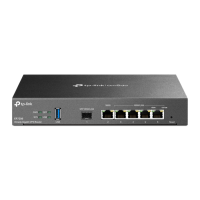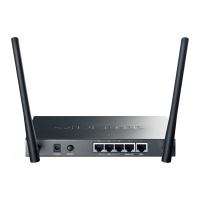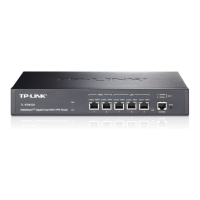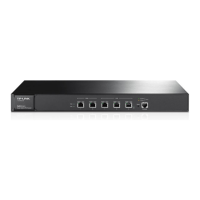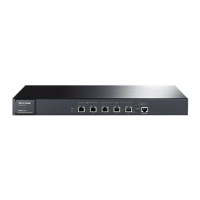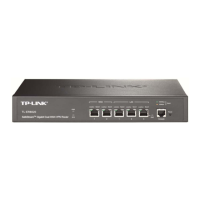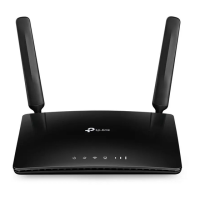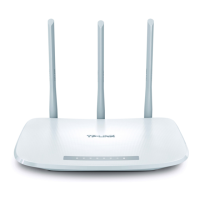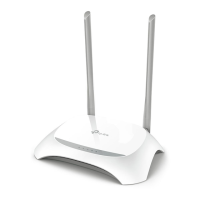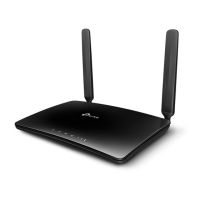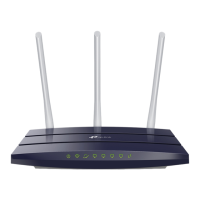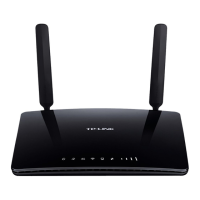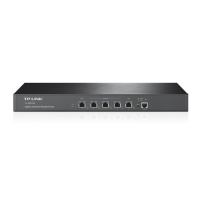
Do you have a question about the TP-Link TL-ER5120 and is the answer not in the manual?
| Ethernet LAN | Yes |
|---|---|
| Cabling technology | 10/100/1000Base-T(X) |
| Networking standards | IEEE 802.3, IEEE 802.3ab, IEEE 802.3u |
| Concurrent connections | 120000 |
| Ethernet LAN data rates | 10, 100, 1000 Mbit/s |
| Ethernet interface type | Gigabit Ethernet |
| Connectivity technology | Wired |
| Compatible operating systems | Microsoft Windows 98SE, NT, 2000, XP, Vista, Windows 7, MAC OS, NetWare, UNIX, Linux |
| Supported protocols | TCP/IP, DHCP, ICMP, NAT, PPPoE, SNTP, HTTP, DNS, IPsec, PPTP, L2TP |
| RS-232 ports | 1 |
| Ethernet LAN (RJ-45) ports | 5 |
| Security algorithms | - |
| Storage temperature (T-T) | -40 - 70 °C |
| Operating temperature (T-T) | 0 - 40 °C |
| Storage relative humidity (H-H) | 5 - 10 % |
| Operating relative humidity (H-H) | 10 - 90 % |
| Product color | Black |
| Rack capacity | 1U |
| Flash memory | 8 MB |
| Certification | CE, FCC |
| Internal memory | 128 MB |
| Internal memory type | DDR2 |
| SIM card slot | No |
| Package depth | 250 mm |
| Package width | 528 mm |
| Package height | 80 mm |
| Package weight | 2250 g |
| Cables included | AC |
| AC input voltage | 100 - 240 V |
| AC input frequency | 50 - 60 Hz |
| Power consumption (typical) | - W |
| Sustainability certificates | RoHS |
| Depth | 180 mm |
|---|---|
| Width | 294 mm |
| Height | 44 mm |
Details compliance with FCC rules for Class A digital devices regarding radio frequency energy.
Warns about potential radio interference in domestic environments for Class A products.
Identifies the target audience for the user guide, typically network professionals.
Explains the formatting and symbols used throughout the guide for clarity.
Provides a brief summary of the content covered in each chapter of the guide.
Introduces the TL-ER5120 router, highlighting its capabilities and target applications.
Lists the hardware, basic functions, traffic control, and security features of the router.
Describes the physical components and indicators of the router.
Covers network settings including status, system modes, WAN, LAN, DMZ, MAC address, and switch functions.
Details how to manage users and groups for unified network control and policy application.
Explores advanced network functionalities like NAT, Traffic Control, Load Balance, Routing, Firewall, and Services.
Covers router maintenance, admin setup, management, statistics, diagnostics, time, and logs.
Outlines the requirements for establishing an effective, safe, and stable network.
Provides step-by-step guides for configuring Internet settings, network management, and security.
Details the process of accessing the Command Line Interface via Hyper Terminal.
Explains User EXEC and Privileged EXEC modes, and how to use CLI online help.
Introduces common CLI commands for system, IP, and MAC configuration.
Troubleshooting steps for issues accessing the router's web-based configuration interface.
Instructions on how to restore router settings to factory defaults if credentials are lost.
Troubleshooting tips for when remote management is enabled but inaccessible.
Explains the purpose and common values of subnet masks in network configuration.
